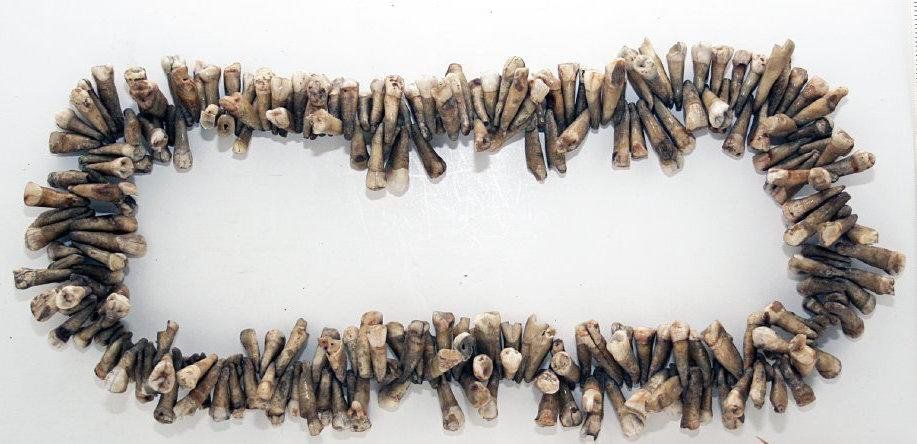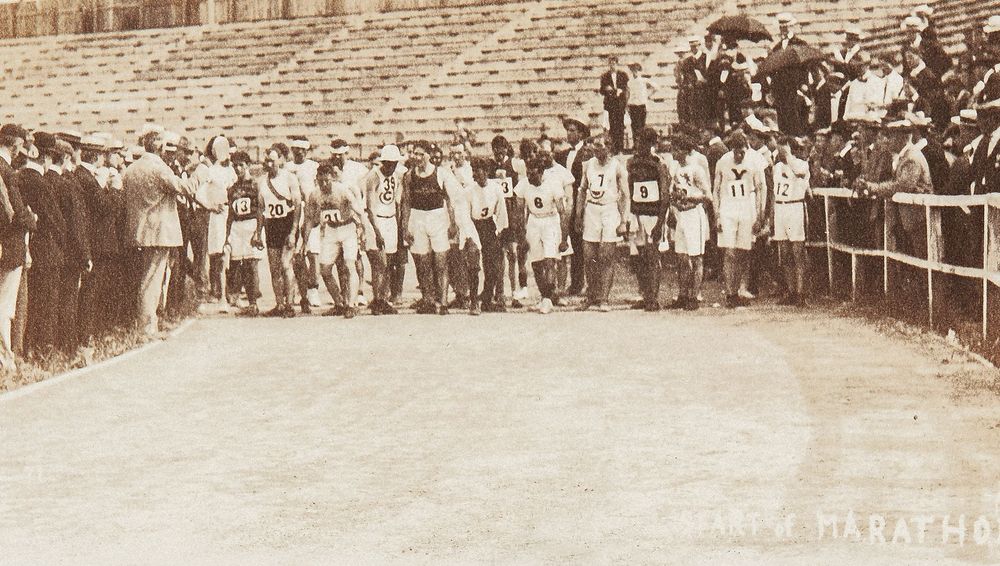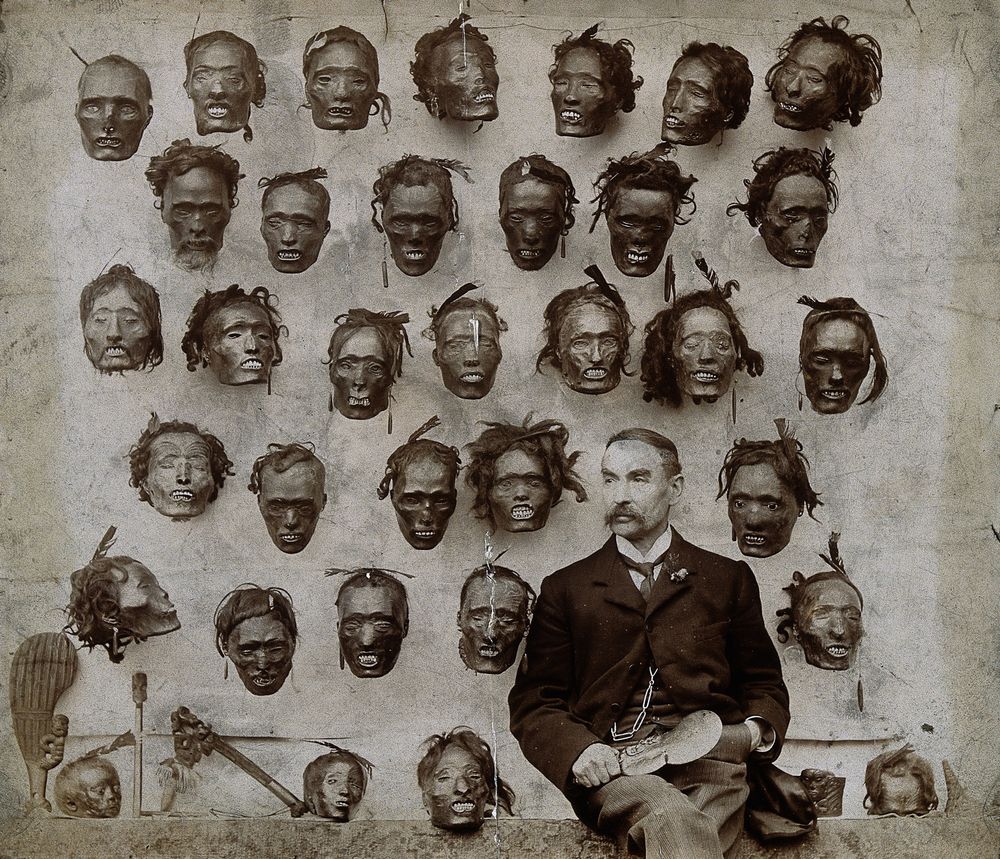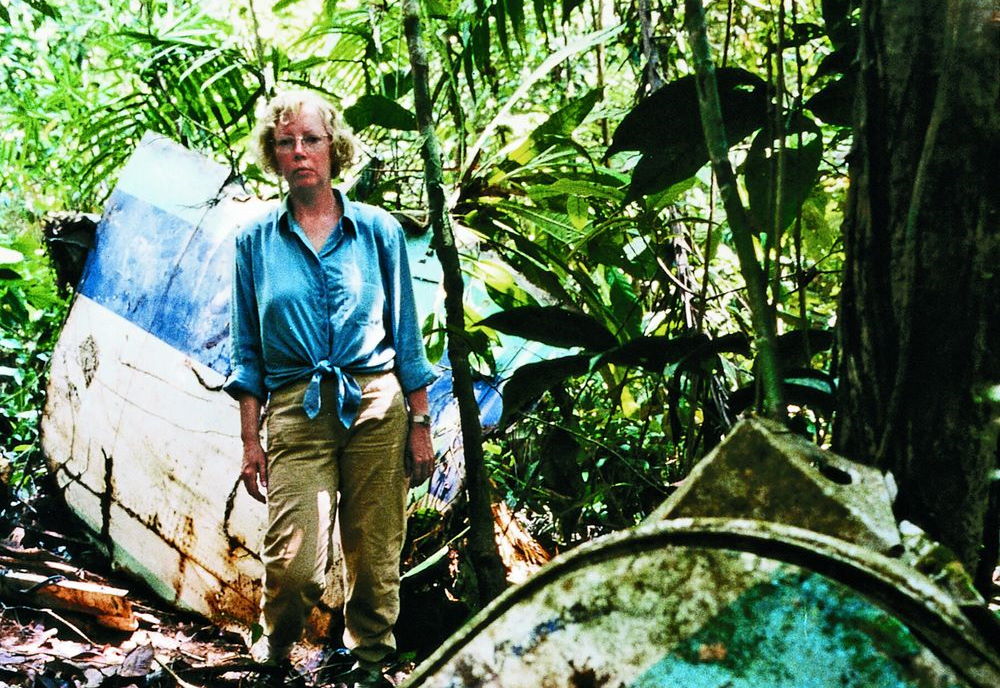With the year drawing towards the end, let us look at some of the best stories we published in the past 12 months.
Thomas Midgley Jr.: The One-Man Environmental Disaster
The unnatural warming of the Earth’s atmosphere in the past century or two can be traced back to the Industrial Revolution when humans began burning copious amount of fossil fuel releasing a staggering amount of carbon dioxide into the air. But a small part of the climate catastrophe can also be traced back to two dangerous inventions—leaded gasoline and chlorofluorocarbons, both created by the same man, Thomas Midgley Jr.
The Oldest Name in The World
Humans have been calling each other by names probably for hundreds of thousands of years ever since the first human beings evolved from Homo heidelbergensis and emigrated out of Africa. We don’t know what these early names sounded like because there was no method to record sounds. Writing would not be invented until very late in human history—about 5,500 years ago in ancient Mesopotamia. The Sumerians were the first to develop a script to record information. Known as cuneiform, it used a combination of pictorials and symbols to record facts and figures, such as business transactions. A small 3 inch by 3 inch clay tablet, recovered from the ancient Sumerian city of Uruk, and dating back to 3,100 years, contains such a business transaction. But it also contains something else—the earliest name we known from history.

Juliane Koepcke: The Girl Who Fell From an Airplane And Survived The Rainforest
On Christmas eve of 1971, 17-year old Juliane Koepcke and her mother boarded a flight that was supposed to take her to her home in Panguana, deep in the Amazonian forest. About 25 minutes after takeoff, the LANSA Flight 508 flew into an area of thunderstorms and severe turbulence and broke up in midair. Koepcke fell from a height of 10,000 feet, but miraculously survived the fall. She spent the next eleven days in the Amazon fighting hunger, poisonous snakes, insect bites and a maggot infestation. She was rescued by a group of fishermen, barely alive. She was the only survivor of the flight.
Mensur And Bragging Scars
Dueling was once a popular sport in universities throughout Europe. Academic fencing was seen as a kind of character building training as it enabled individuals to show countenance and fairness even in dangerous situations. Indulging in these friendly contests, however, did leave injuries. And when these injuries healed, it left an ugly but otherwise desirable scar called schmitte (also called “bragging scar”) on their profile. Indeed, scaring earned through dueling became a sign of bravery and social class as only the higher class individuals could attend universities where dueling fraternities were prevalent.
The Two-Headed Boy of Bengal
In May 1783, in a small village named Mundul Gaut, in Bengal, India, a strange child was born. It had two heads.
The midwife assisting the birth was so horrified by its appearance that she tried to kill the monstrosity by throwing it into the fire. Fortunately, the baby was rescued with some burns in one eye and ear. The parents, after recovering from the initial shock, began to see the newborn as a money making opportunity, and with that in mind, left their village for Calcutta where their deformed baby could be exhibited.

The Talking Stamps of Bhutan
Bhutan, a small landlocked country sandwiched between India and China, barely attracts attention in the international arena. Its postage stamps, however, are the most sought after by philatelists. Among those most prized are stamps that are printed on silk and steel foil instead of paper, and the strangest yet are printed on miniature vinyl records that could be played on a record player.

Painless Parker: The Showman Dentist
At the Temple University's dental museum in Philadelphia, there is a small section dedicated to one of the most notorious dentist of America—a so called “Painless Parker,” who claimed that his tooth extraction procedure was so painless that he would willingly refund ten times his fees if the operation caused any pain. In fact, the moniker “Painless” wasn’t just a nickname; he had legally changed his name to Painless Parker. The truth was anything but.

The Man Who Bought Stonehenge And Gave it Away
On 21 September 1915, a barrister named Cecil Chubb was sent to an auction by his wife to buy some curtains. According to some accounts, she asked for dining chairs. It didn’t matter, because her husband bought neither. Instead, Mr. Chubb returned home the proud owner of a crumbling stone monument.
Today, it might be hard to imagine that one of England’s most famous prehistoric monument, the Stonehenge, could be offered for sale at an auction, but that’s what happened a century ago.

How Australia Fought The Prickly Pear Infestation
Prickly pear is a common name that refers to a number of large cactus species of the Cactaceae family that is endemic to the Americas. The shrubby, spine-covered plant grows to over twenty feet tall, and given the chance they would quickly colonize any hot, open lands with sandy soil.
The prickly pear is considered an invasive species in most parts of the world, but Governor Phillip at Port Jackson wouldn’t have known that when he authorized the introduction of prickly pear to the British colonies in Australia in the late 18th century.

The 1904 Olympic Marathon Was The Worst Race Ever
On a hot August afternoon in 1904, with temperatures hovering above the nineties (32 degree centigrade), thirty-two men dressed largely in white t-shirts and shorts gathered at the newly constructed Francis Olympic Field in St. Louis, Missouri. They were about to take part in an event that would go down in history as the worst marathon ever ran.

Chung Ling Soo: The Magician Who Led a Double Life And Got Shot on Stage
One of the most dangerous and daring illusions that a magician can attempt is the famed bullet catch trick. There are several variation to the trick, but it usually goes like this—the magician produces an old-fashioned muzzle-loading gun and proceeds to load it with gunpowder. He drops a bullet into the barrel and uses a ramrod to push the bullet up against the gunpowder. He then hands the gun to an assistant (or a member of the audience) and invites him to shoot at the magician. The assistant complies. But instead of dropping down dead, the magician apparently catches the bullet with his hand, or dramatically produce it from between his teeth.

The Strange Tale of Lord Uxbridge's Leg
At the Battle of Waterloo, on 18 June 1815, Henry Paget, 2nd Earl of Uxbridge, and later the 1st Marquess of Anglesey was commanding 13,000 Allied cavalry and 44 horse artillery batteries, when a bullet hit his right knee. Lord Uxbridge was carried off the battlefield and the doctor informed Lord Uxbridge that his leg will have to be amputated. The operation went through without anesthetics, yet Lord Uxbridge was remarkably calm and composed. He endured the amputation with barely a sound, except at one point when he remarked that the blade did not seem very sharp. The amputated leg was buried and the tomb turned into a bizarre site of pilgrimage.

Claude Ambroise Seurat: The Living Skeleton
Freak shows were a very popular medium of entertainment in Europe and the United States of America for the major part of the 19th century. These formally organized exhibitions presented people with various physical deformities and anomalies, such as conjoined twins, people with extra limbs or no limbs, midgets, giants, as well as fabricated human exhibits such as cannibals and savages. “Living skeletons” were part of the freak show’s repertoire. These were often men with unusually thin bodies.
One of the most famous ‘living skeletons’, or ‘human skeletons’ as they were sometimes referred to, was Claude Ambroise Seurat.

Mokomokai: Tattooed Maori Heads And The Musket Wars
In the early 19th century, a deplorable trade developed in New Zealand between the indigenous Maori people and the European merchants. The westerners supplied the islanders with firearms, and in return the Maoris provided the English merchants with decapitated and dried heads of deceased Maoris, featuring beautiful patterns tattooed on the skin. These heads are known as mokomokai, and they are a valuable Maori artifact.
















It would have been nice if you'd provided links to your more comprehensive article with each of these for people less research driven that some of us may be. Great site overall though.
ReplyDelete